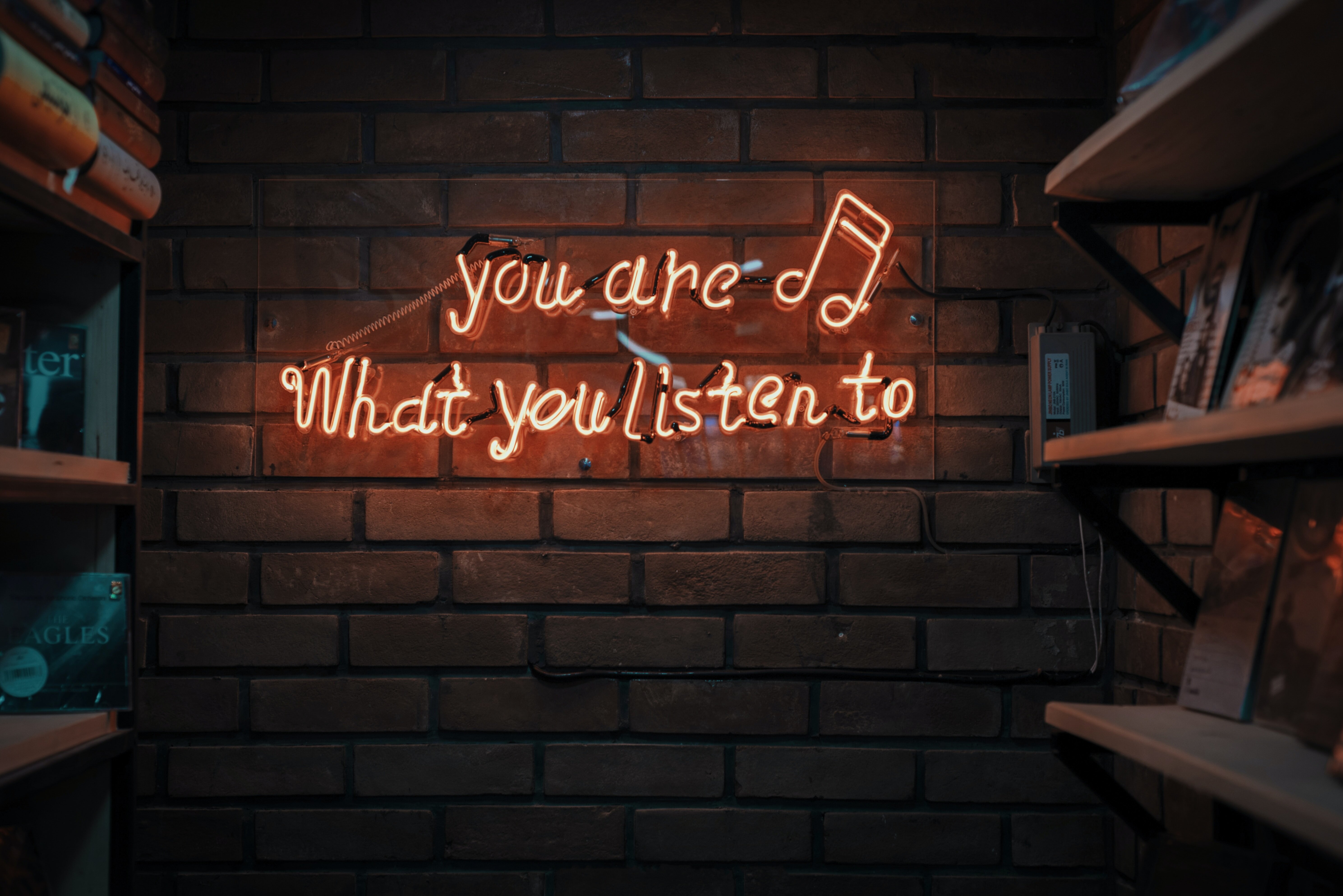Voice Cloning in Animation Insights from Kung Fu Panda 4's Audio Production

The recent release of *Kung Fu Panda 4* has certainly stirred conversations in the animation production sphere, particularly around the auditory experience. It's not just the visual spectacle that captures attention; the sonic identity of characters, especially those with established, recognizable voices, is a delicate balancing act. When you have actors whose vocal performances are intrinsically linked to decades of audience expectation, any alteration or supplementation to that sound source demands serious scrutiny. I've been examining the production notes and technical breakdowns available, trying to map out precisely how they managed the vocal requirements for this latest installment, and the role of advanced audio synthesis—what some might term voice cloning—is becoming increasingly apparent, even if it's handled with extreme subtlety.
What truly interests me is the engineering threshold they must have crossed to maintain fidelity across an entire feature film's dialogue, especially when dealing with vocalizations that involve intense physical exertion or rapid emotional shifts, which are staples of Po’s narrative arc. We are moving past simple text-to-speech replacements; we are talking about generating performance continuity. Let's pause for a moment and consider the sheer computational load required to model the unique spectral characteristics, the specific vocal fry, and the timing idiosyncrasies of a beloved character’s voice actor, ensuring it sounds authentic across all new lines recorded or necessary for ADR. This isn't merely matching pitch; it’s replicating *intent* as expressed through vocal texture, something that traditionally required hours of studio time with the original performer present for every single syllable.
Here is what I think about the technical execution, focusing on the practical application seen in this animation. If we assume the original voice actor provided substantial source material, the synthesis engine needed to learn the boundaries of that performance space—the highest scream, the lowest grunt, the specific way a vowel transitions into a consonant cluster unique to that actor’s speech pattern. I hypothesize that for the majority of the dialogue, the original actor was certainly involved, but where continuity gaps or specific, difficult-to-replicate sounds arose, the synthesized model likely stepped in as a precise, high-fidelity patch. Think about moments where the script demanded an improvised-sounding reaction that the actor couldn't physically deliver during the initial recording sessions due to scheduling or other constraints; that is where the synthetic layer becomes functionally invisible to the casual viewer. The fidelity required means the underlying acoustic model must be incredibly robust, capable of handling environmental noise simulation if the scene implies a specific acoustic space, rather than just outputting a dry, isolated vocal track.
Let’s look critically at the ethical and technical specifications that must have governed this process, assuming the necessary permissions were secured, which is the starting point for any professional application. The engineering challenge here transitions from pure synthesis quality to data hygiene and provenance tracking; every generated phoneme or vocal snippet must be traceable back to the source model parameters authorized for use on the project. Furthermore, the engineers would have spent considerable time on 'de-aging' or 're-aging' vocal tones if the character's perceived age shifted even slightly between production phases or if the actor's natural voice evolved since the initial recordings established the baseline. I find it fascinating that the goal isn't to create a *new* voice, but to generate a perfectly preserved, infinitely malleable version of an *existing* voice that adheres strictly to the established performance canon. This level of control suggests a highly curated dataset and very specific fine-tuning parameters applied to the diffusion or autoregressive models used for generation, far removed from general-purpose voice generation tools.
More Posts from clonemyvoice.io:
- →Voice Acting Evolution How Finding Nemo's Marlin Set New Standards for Emotional Depth in Animation Voice-Over Work
- →Using Voice AI to Recreate Ben Stiller's Iconic Alex the Lion A Technical Deep-Dive into DreamWorks Animation's Voice Processing Methods
- →Voice Casting Analysis How DreamWorks Achieved Authentic Prehistoric Character Voices in The Croods (2013)
- →Voice Acting in 2024 The Rise of AI-Enhanced Remote Collaborations
- →Exploring Voice Modulation Techniques for Creating Animated Character Voices
- →Pinpointing Speech Duration for Voice Cloning Excellence